Installation Panel

How much does it cost to install a solar panel system ?
The cost of installing a solar panel system varies depending on the size, type of panels used, and installation location. Small residential systems typically range from $15,000 to $25,000 before tax credits or incentives, while medium to large residential systems can cost between $25,000 to $40,000. Commercial systems can vary greatly in size and cost. Monocrystalline silicon panels are the most efficient and expensive option, while thin-film solar panels are the least expensive but also less efficient. Rooftop installations are generally more expensive than ground-mounted installations. Additional costs include inverters, batteries, and installation fees. It is important to consult with a reputable solar installer for an accurate estimate based on specific needs and circumstances.

How long do solar panels typically last ?
Solar panels are a sustainable and cost-effective way to generate electricity. However, the lifespan of solar panels is an important factor to consider when making an investment in renewable energy. In this article, we will explore how long solar panels typically last and what factors can affect their lifespan. Solar panels are designed to last for several decades, with most manufacturers offering warranties of 25 years or more. However, the actual lifespan of a solar panel can vary depending on several factors, including the quality of materials used, the installation process, and environmental factors. The quality of the materials used in the manufacturing process can significantly impact the lifespan of a solar panel. Proper installation ensures that the panel is securely mounted and protected from potential damage caused by weather conditions or other external factors. Environmental factors such as temperature, humidity, and exposure to sunlight can also impact the lifespan of a solar panel. To ensure that your solar panels last as long as possible, it is essential to perform regular maintenance checks. This includes keeping the panels clean, checking for damage, and monitoring performance over time. By following proper maintenance practices and monitoring your solar panel's performance over time, you can ensure that your investment in renewable energy pays off in the long run.
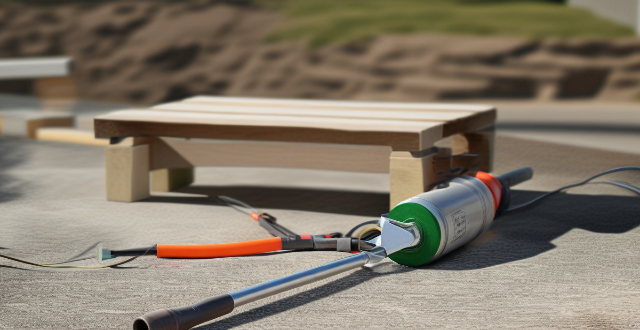
Can I install fiber optic broadband myself or do I need a professional ?
Fiber optic broadband installation is complex, requiring specialized tools and skills. While self-installation can save money and offer flexibility, it carries risks of damage and safety concerns. Professional installation ensures quality, time-saving, and support but can be costly. It's generally recommended to hire a professional for a smooth and reliable installation process.

Can I install a home security system myself or do I need a professional ?
This guide helps individuals decide whether to self-install a home security system based on technical skills, time availability, budget, and system complexity. It outlines steps for DIY installation including research, planning, choosing the right system, gathering tools, and troubleshooting. The benefits of professional installation such as expertise, guaranteed workmanship, and customization are also discussed. The conclusion emphasizes that the decision depends on personal circumstances and preferences.
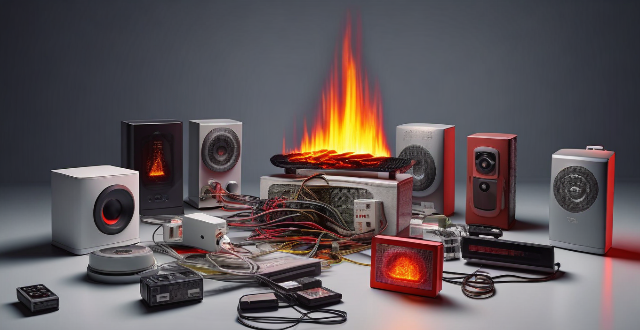
How does a home security system work ?
A home security system is designed to protect your property and loved ones from potential threats such as burglary, fire, and other emergencies. It consists of various components that work together to detect, alert, and respond to different types of alarms. The control panel communicates with all other devices and connects to the monitoring center. Sensors detect movement, heat, smoke, or other environmental changes and send signals to the control panel. Surveillance cameras provide real-time video feeds that can be monitored remotely through a smartphone app or computer. Alarms produce loud sounds when an intrusion or emergency is detected. Keypads allow users to arm and disarm the system manually. Smart devices like smart locks, thermostats, and lights can be integrated into the system for additional convenience and control.

What are the typical故障 of an internal rotor motor, and how can they be fixed ?
Overheating, bearing failure, electrical problems, mechanical wear and tear, and improper installation are common issues with internal rotor motors. Fixes include ensuring proper ventilation and lubrication, replacing worn parts, seeking professional assistance for electrical and installation issues, and regular maintenance to prevent premature failure.

What are the best practices for working with electrical panels and switchboards ?
Electrical panels and switchboards are crucial components of any electrical system, and working with them requires utmost care and attention to detail. Here are some best practices for ensuring safety and efficiency while working on these systems: 1. Understand the system you're dealing with before starting any work. 2. Always turn off power to the panel or switchboard before beginning any work. 3. Use proper tools and equipment, including insulated tools, gloves, and other protective gear. 4. Implement lockout/tagout procedures to prevent accidental energization of the equipment. 5. Work with a partner whenever possible, especially when working with high voltage systems. 6. Inspect the equipment before starting any work, looking for signs of damage, wear, or corrosion. 7. Test the system before re-energizing it after completing your work. 8. Keep detailed records of the work you've done, including what was done, when it was done, and any issues that were encountered. 9. Stay up-to-date on electrical regulations and standards that could affect how you work with electrical panels and switchboards. 10. Attend seminars, workshops, and other training events to maintain your skills and stay safe while working with electrical systems.
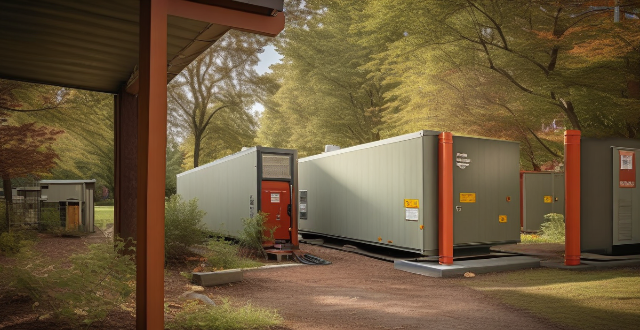
How do solar panels impact electricity bills in the long run ?
Solar panels can significantly reduce electricity bills over the long term by reducing energy consumption, increasing self-sufficiency, and taking advantage of net metering programs. While the initial cost of installation can be high, lower operating costs, federal tax credits, and increased home value can help offset these expenses. Additionally, solar panels offer environmental benefits such as reduced carbon emissions and support for renewable energy infrastructure.

What are the pros and cons of wireless vs wired burglar alarm systems ?
This text compares the pros and cons of wireless and wired burglar alarm systems. Wireless systems are easier to install, portable, and expandable, but rely on batteries which need to be replaced regularly and can experience interference from other electronic devices. Wired systems are more reliable, do not experience interference, and have a longer range, but require professional installation, are not portable, and are less flexible when it comes to expanding or changing the layout of the system.

What are the advantages of using solar panels for residential and commercial purposes ?
Solar panels offer reduced energy costs, environmental benefits, increased property value, energy independence, low maintenance, and government incentives for residential and commercial use.
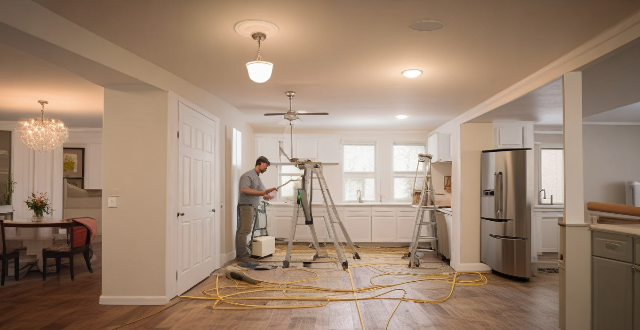
How to install a burglar alarm system at home ?
This guide provides a comprehensive step-by-step process for installing a burglar alarm system at home, covering aspects like system selection, layout planning, tools and materials gathering, control panel installation, sensor placement, device connection, testing the system, programming settings, and maintenance tips. It emphasizes the importance of choosing the right system based on type, features, reputation, and cost. The guide also highlights the significance of proper sensor placement, power source planning, and using appropriate tools and materials. It details the procedure to install the control panel, sensors, cameras, and glassbreak detectors, followed by connecting devices either wirelessly or through hardwiring. Testing the system, setting up user codes, and customizing settings are crucial steps before regular maintenance and troubleshooting ensure the system's longevity and effectiveness.

How does solar power work and is it a viable option for homes ?
Solar power is generated through solar panels made of silicon cells that convert sunlight into direct current (DC) electricity. This process involves absorption of light, conversion to DC, conversion to alternating current (AC), and distribution throughout a home or business. Solar power is a viable option for homes due to its renewable nature, cost savings, environmental benefits, and government incentives. However, weather conditions, storage options, and upfront costs should also be considered before deciding if solar power is the right choice for your home.
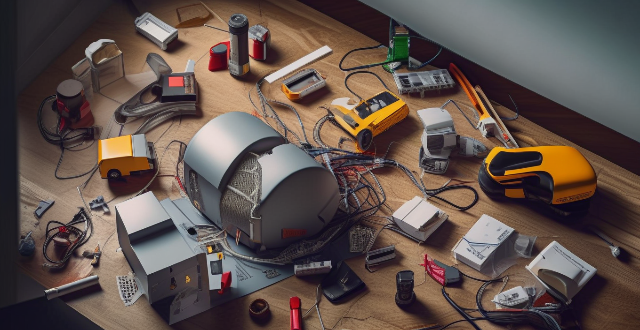
What are the different types of burglar alarms available in the market ?
Burglar alarms come in various types, each with its own advantages and disadvantages. Wired systems are reliable but expensive to install, while wireless ones are easier to set up but require battery replacements. Monitored alarms offer 24/7 protection for a fee, while unmonitored ones rely on neighbors to alert authorities. Smart alarms provide remote monitoring and advanced features through a subscription, and DIY systems offer customizable, easy-to-install options with potentially fewer features.

What is the impact of technology on future employment opportunities ?
The Impact of Technology on Future Employment Opportunities Technology has had a significant impact on the job market, and this trend is expected to continue in the future. Here are some ways technology will affect employment opportunities: - Increased Automation: As technology advances, many jobs that were previously done by humans are now being automated. This means that there will be fewer jobs available for people in industries such as manufacturing, transportation, and customer service. However, new jobs will also be created in areas such as robotics, artificial intelligence, and data analysis. - Remote Work: The rise of technology has made it possible for people to work from anywhere in the world. This has led to an increase in remote work opportunities, which can be beneficial for both employers and employees. Employers can save money on office space and other expenses, while employees can enjoy more flexibility and a better work-life balance. - Digital Skills: As technology continues to evolve, there will be a greater demand for workers with digital skills. This includes not only programming and software development but also skills related to cybersecurity, digital marketing, and social media management. Those who have these skills will likely have an advantage in the job market. - New Industries: Technology is constantly creating new industries and job opportunities. For example, the rise of e-commerce has led to the creation of new jobs in online sales, digital marketing, and logistics. Similarly, the growth of renewable energy sources has created new jobs in solar panel installation and maintenance. In conclusion, technology will have both positive and negative effects on future employment opportunities. While some jobs may become automated or obsolete, new jobs will also be created in industries that didn't exist before. It's important for workers to stay up-to-date with changing technology trends and develop the necessary skills to remain competitive in the job market.
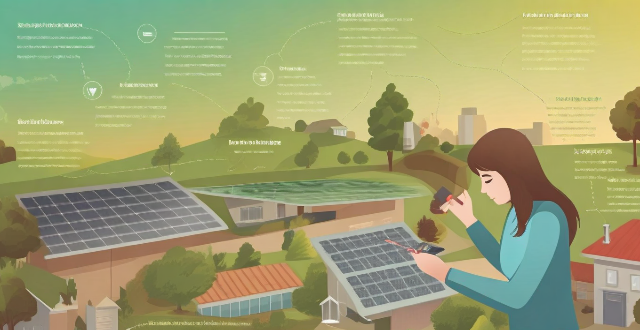
How can I maintain and clean my solar panels for optimal performance ?
The article discusses the importance of maintaining and cleaning solar panels to ensure their optimal performance. It provides a detailed guide on how to keep solar panels in top condition through regular inspection, cleaning, preventative measures, and safety precautions. The guide includes steps for visual inspection, checking for shading, monitoring production levels, dry and wet cleaning methods, using bird repellents and gutter guards, and routine maintenance. It also emphasizes the importance of wearing appropriate safety gear and taking precautions when working on or around solar panels. By following these steps, homeowners can extend the lifespan of their solar panels and maintain their efficiency over time.

How does wind energy compare to solar energy ?
Wind energy and solar energy are both renewable sources of energy that have gained popularity in recent years. Wind turbines can generate electricity with high efficiency and low maintenance cost, while solar panels have a low initial cost and long lifespan. However, wind turbines can create noise pollution and have limited availability, while solar panels rely on sunlight and require a large amount of land. Both sources have their advantages and disadvantages, making them suitable for different applications.

How much does it cost to maintain a burglar alarm system ?
The article discusses the cost of maintaining a burglar alarm system, which includes the type of system (wired or wireless), level of monitoring required (self-monitoring, basic monitoring, advanced monitoring), and frequency of maintenance visits. The estimated costs range from installation ($500 to $2,000) to monthly monitoring fees ($30 to $100 per month) and maintenance visits ($75 to $150 per visit). It is essential to understand these factors to budget for the safety and security of your home or business.